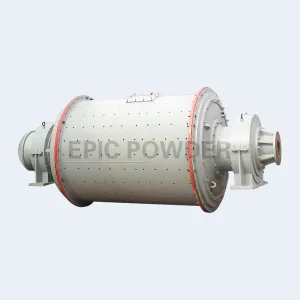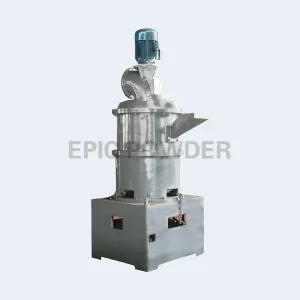Tailings are considered “waste” discharged by mining enterprises under certain technical conditions. They refer to tailings. These are discharged after ores are crushed and beneficiated to extract useful components. These are mine wastes that can’t be sorted further at present. Various tailings are generally piled up in tailings ponds near mining mines. The mining time has been extended. The amount of stockpiled tailings is increasing. This has a negative impact on the environment in mining areas and puts the people there at risk. My country has a lot of tailings. They mainly consist of iron ore, non-ferrous metal, non-metallic ore, coal gangue, and red mud.
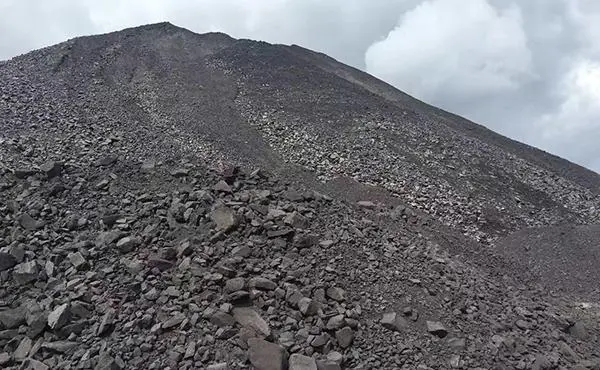
The main ways to safely handle tailings are proper closure and land reclamation. Also, mine backfilling, recovery of valuable parts, and making new materials. Among them, making building materials is one effective method. It uses tailings well and on a large scale. Iron tailings’ chemical composition mainly includes iron, silicon, aluminum, calcium, and magnesium oxides. It also has a bit of potassium, sodium, and sulfur oxides. It has a lot of silicon and aluminum. More than 80% are non-metallic minerals, like building materials. Usually, only a bit of other raw materials are added for mixing. It can be used in many building materials. Studies have shown that using iron tailings to make sintered bricks is a great way to fully use them.
Tailings for making sintered bricks
Currently, much work is being done at home and abroad. It focuses on using tailings to make unburned bricks and steam-cured concrete. This has formed a technical system for using tailings well. It makes them useful for the industry. However, using tailings to make sintered bricks has issues. These issues are especially with decorative sintered bricks. These include hard to control green body properties and high brick density. They also have frost and lime bursting. But, no progress has been made.
Sintered bricks are a kind of wall material. They have strength and good looks. They are very durable. They are made by crushing and mixing raw materials. Then, the mix is formed, dried, and sintered. It is one of the bulk raw materials consumed in buildings. Most sintered bricks are fired with clay, which destroys a lot of arable land. Therefore, my country prohibits the use of clay bricks. The products that replace clay bricks is mainly unburned bricks. They also include unburned steam-cured bricks and unburned autoclaved bricks. These products perform well in parts of construction above ground. They are less exposed to water. Sintered brick products remain necessary for underground structures, building foundations, and rural homes.
Decorative fired bricks are high-quality products among fired bricks. These materials provide an attractive exterior finish for buildings. They do so without needing extra decorative layers. The process mixes raw materials, like tailings and plasticity with water. They are blended in a certain proportion. After aging, the mix gets extruded, dried, and fired in a certain system. This process makes decorative fired bricks.
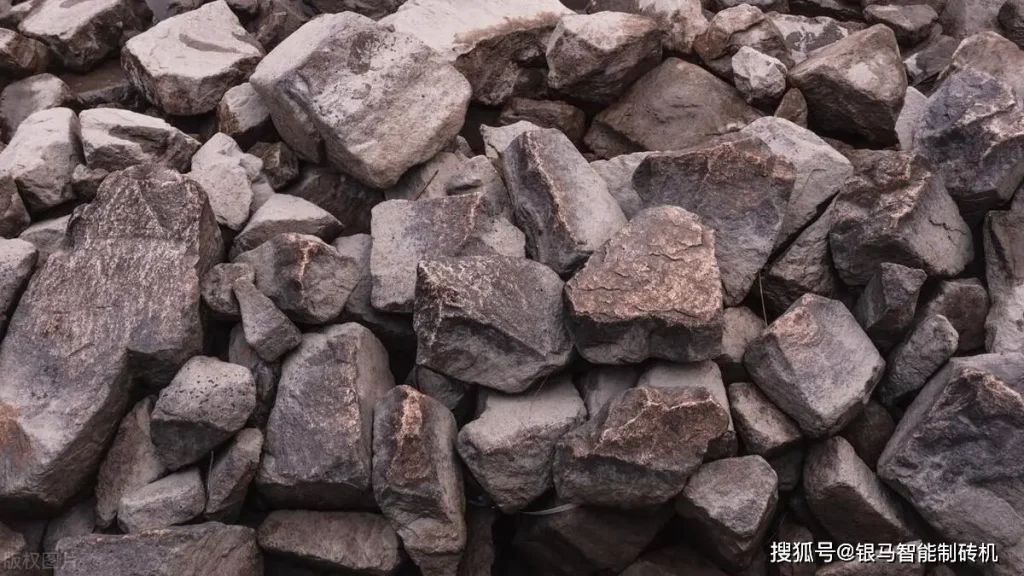
Brief Introduction
A local research team has developed a method for making decorative sintered bricks. They use tailings, blank materials, drying materials, color materials, and fuel. They use advanced blank adjustment, drying adjustment, color adjustment, and firing control technologies.
This technology enables making decorative sintered bricks from tailings. It does so through the following measures:
Use an 80-mesh square hole sieve to screen the iron tailings and take the undersize as raw material. Crush the coal gangue, billet, plasticity material, drying material, and color material. Crush them to below 80 mesh.
Weigh the iron tailings, coal gangue, and billet plasticity material. Also, weigh the drying and color material. Mix them at a mass ratio of 30-75:15-25:0-25:0-15:0-5. Then, add 13%-17% of the dry powder’s mass to clean water and mix.
Aging the mixed materials in a closed space for 2 to 15 days to fully mix them. This adjusts the plasticity and drying performance of the billet. Its working principle is as follows:
During aging, the blank’s plasticity regulator absorbs water and disperses. This forms 0.5-2 micron particles with identical surface charges. The process enhances the blank’s plasticity compared to ridge material. Its plasticity index ranges from 7.0 to 9.5. The drying performance regulator controls plasticity material dispersion in the blank. It keeps single-layer thickness under 20 microns, reducing volume shrinkage. This lowers drying sensitivity and prevents cracking during rapid drying.
The aged material is extruded, formed, and dried. Then, it is calcined under a certain firing system. This process makes a decorative sintered brick product.
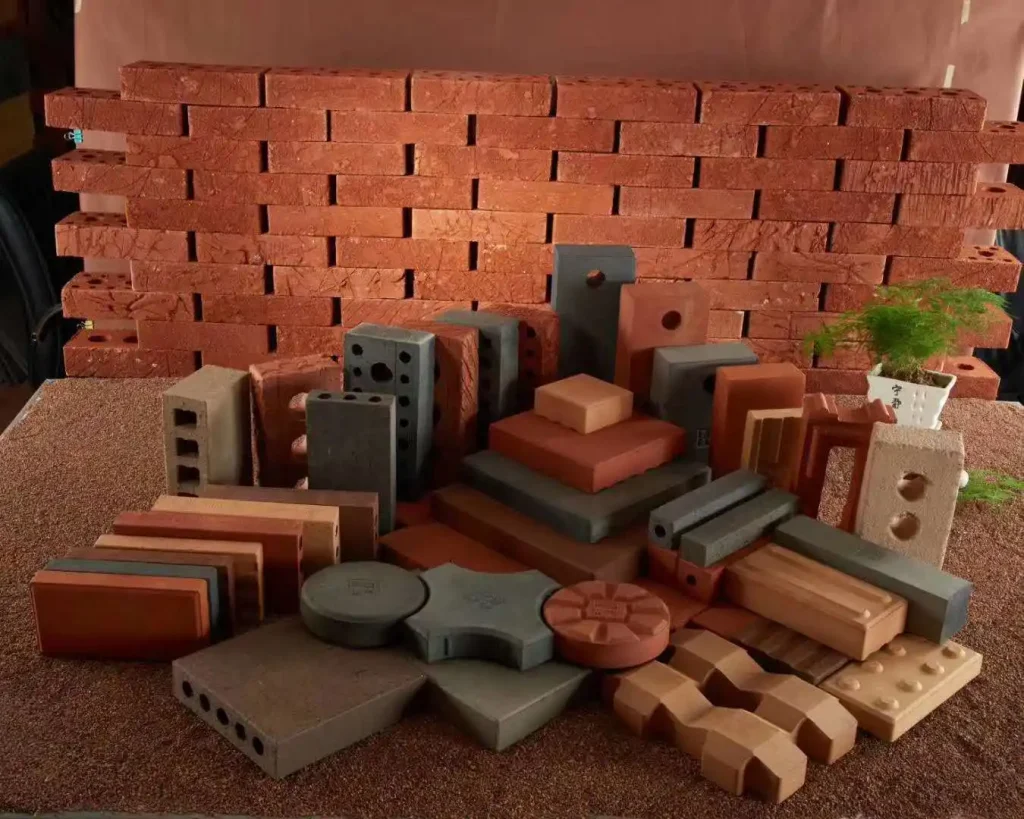
Technical advantages
This technology uses iron tailings and coal gangue. It also uses other tailings to make decorative sintered bricks. Plasticity adjustment materials make the blanks easy to shape. They do not deform during extrusion, stacking, drying, and sintering. Drying performance adjustment materials prevent blank cracking. They act during drying and sintering. Color adjustment materials affect color. They give colors their decorative properties. The products have small size variations and few cracks. They also have high strength and rich colors. They can be used as decorative bricks for high-end buildings.
Benefits of bricks using iron tailings and coal gangue
The construction industry is increasingly exploring sustainable materials, and one promising approach is the production of bricks using iron tailings and coal gangue. Iron tailings, a byproduct of mining, can be repurposed. They can be used to create durable bricks. This uses waste and reduces the environmental impact of traditional brick-making. Bricks made with coal gangue, a coal mining waste, have improved strength. They are suitable for many construction uses.
Also, using bricks made from iron tailings and coal gangue helps the circular economy. It reduces waste and promotes resource efficiency. Turning these industrial byproducts into high-quality bricks helps with waste management. It also provides a low-carbon alternative building material. As research continues to advance in this area, bricks using iron tailings and coal gangue may become a standard choice for eco-friendly construction projects, paving the way for a more sustainable future.
Equipment suitable for pulverizing coal gangue
Qingdao Epic Powder Machinery Co., Ltd. is a professional powder equipment manufacturer. The products include: jet mills, ball mill, air classifiers and modifiers. Surface coating equipment from Qingdao Epic includes: pin- mill modifier, turbo- mill modifier, three-roller modifier and multi-rotor -mill modifier.
If you have any related needs or questions, please contact Qingdao Epic directly.

